5 Secrets to Thriving Forests: Sustainable Forestry Revealed
- August 7, 2024
- 0 comment
Discover the essential strategies for thriving forests through sustainable forestry practices. Unveil key methods that ensure forest health and vitality. Learn about adaptive management, biodiversity conservation, community involvement, technological innovations, and effective policies in sustainable forestry.
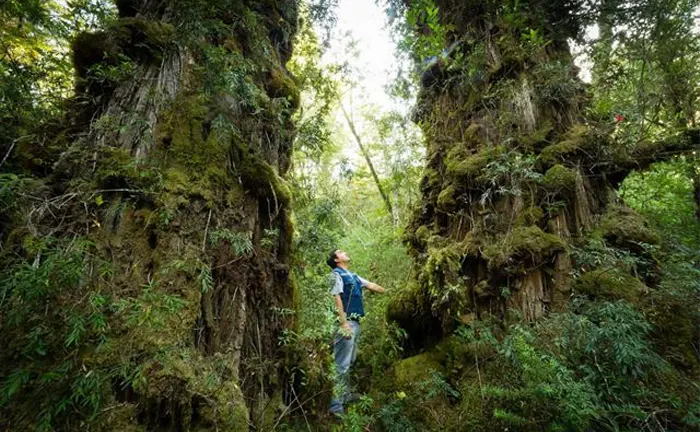
List of 5 Secrets to Thriving Forests:
- Adaptive Management
- Biodiversity Conservation
- Community Involvement
- Technological Innovations
- Policy and Legislation
Understanding Sustainable Forestry
Sustainable forestry is the practice of managing forest resources to meet the needs of the present without compromising the ability of future generations to meet their own needs. It encompasses ecological, economic, and social dimensions to ensure that forests remain healthy and productive.
The concept of sustainable forestry has evolved over centuries. Early practices were often unsustainable, leading to deforestation and loss of biodiversity. However, increased awareness and scientific advancements have led to the development of more sustainable practices aimed at preserving forest ecosystems.
Secret 1: Adaptive Management
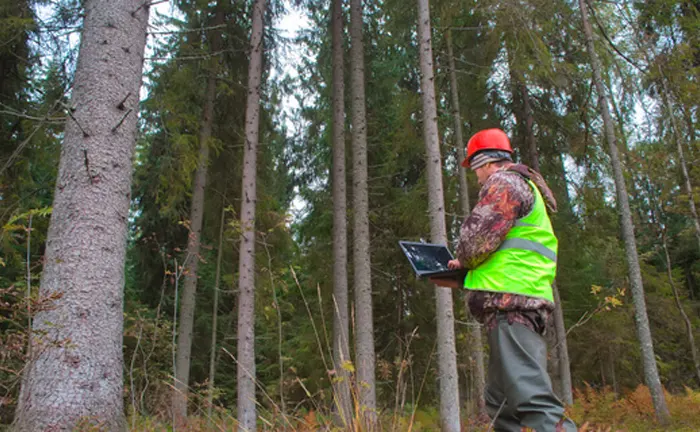
Monitoring and Evaluation
Adaptive management is a dynamic approach that involves continuously monitoring and evaluating forest conditions. This allows for adjustments in management practices based on real-time data, ensuring that strategies remain effective and responsive to changing conditions.
Flexibility in Practices
Flexibility is crucial in adaptive management. Forest managers must be willing to modify their practices in response to new information and environmental changes. This proactive approach helps mitigate risks and enhances the resilience of forest ecosystems.
Secret 2: Biodiversity Conservation
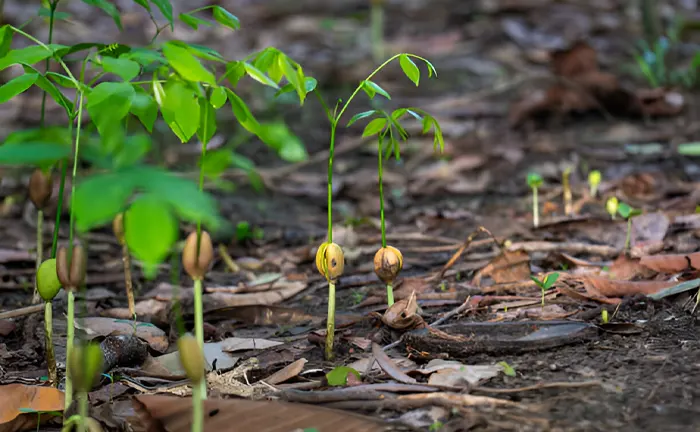
Importance of Biodiversity
Biodiversity is the foundation of a thriving forest. A diverse range of species contributes to the resilience and stability of forest ecosystems. It supports ecosystem services such as pollination, nutrient cycling, and pest control.
Practices to Enhance Biodiversity
To enhance biodiversity, sustainable forestry practices include protecting habitat diversity, reducing habitat fragmentation, and promoting the growth of native species. Implementing buffer zones and creating wildlife corridors are also effective strategies.
Secret 3: Community Involvement
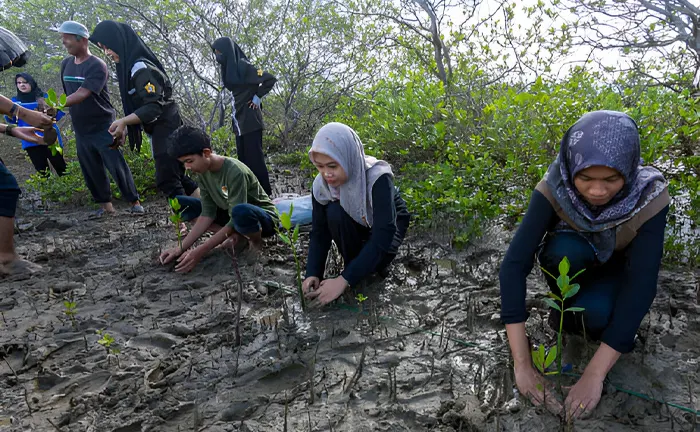
Role of Local Communities
Local communities play a pivotal role in sustainable forestry. Their knowledge and participation are essential for the successful implementation of forestry practices. Engaging communities ensures that their needs and perspectives are considered, fostering a sense of ownership and responsibility.
Case Studies of Successful Community Engagement
Examples of successful community engagement include participatory forest management in Tanzania and community forestry initiatives in Nepal. These cases highlight the positive impact of involving local communities in decision-making and management processes.
Secret 4: Technological Innovations

Use of Remote Sensing and GIS
Technological innovations are transforming sustainable forestry. Remote sensing and Geographic Information Systems (GIS) provide detailed and accurate data on forest conditions. These technologies enable precise monitoring of forest health, aiding in the detection of changes and threats.
Advancements in Forestry Equipment
Advancements in forestry equipment, such as low-impact logging machinery and drones, enhance the efficiency and sustainability of forestry operations. These tools reduce environmental impact and improve the accuracy of data collection.
Secret 5: Policy and Legislation
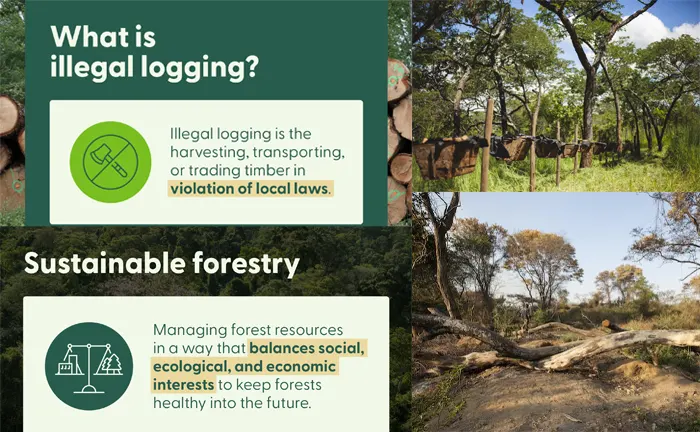
Impact of Policies on Sustainable Forestry
Effective policies and legislation are crucial for promoting sustainable forestry practices. They provide the framework for managing forest resources, protecting biodiversity, and ensuring fair distribution of benefits.
Examples of Effective Legislation
Examples of effective legislation include the Forest Stewardship Council (FSC) certification and the European Union Timber Regulation (EUTR). These policies set standards for sustainable forestry and combat illegal logging.
Benefits of Sustainable Forestry
- Environmental Benefits: Sustainable forestry offers numerous environmental benefits, including improved air and water quality, enhanced carbon sequestration, and preservation of wildlife habitats. These benefits contribute to the overall health of the planet.
- Economic Benefits: Economically, sustainable forestry provides jobs and supports local economies. It also ensures a continuous supply of timber and non-timber forest products, contributing to long-term economic stability.
- Social Benefits: Socially, sustainable forestry practices promote the well-being of communities by providing resources, recreational opportunities, and cultural value. They also enhance community resilience by fostering sustainable livelihoods.
Challenges and Solutions
- Common Challenges in Sustainable Forestry: Despite its benefits, sustainable forestry faces challenges such as illegal logging, climate change, and limited funding. These issues can hinder the effectiveness of sustainable practices.
- Innovative Solutions: Innovative solutions include strengthening law enforcement, promoting international cooperation, and investing in research and education. Public awareness campaigns and certification schemes also play a role in addressing these challenges.
Global Case Studies
North America
In North America, sustainable forestry practices are exemplified by the management of public and private forests. Programs like the Sustainable Forestry Initiative (SFI) promote responsible forest management across the continent.
Europe
Europe has a long history of sustainable forestry, with countries like Sweden and Finland leading the way. Their practices focus on multi-functional forest management, balancing economic, ecological, and social needs.
Asia
In Asia, countries like Japan and South Korea have implemented reforestation and afforestation programs. These initiatives aim to restore degraded lands and enhance forest cover, contributing to sustainability.
Africa
Africa faces unique challenges in sustainable forestry, including deforestation and land degradation. However, initiatives like the Great Green Wall project aim to combat these issues by promoting reforestation and sustainable land use practices.
Future of Sustainable Forestry
- Emerging Trends: Emerging trends in sustainable forestry include the integration of climate-smart practices and the use of blockchain technology for supply chain transparency. These innovations hold promise for enhancing the sustainability of forestry operations.
- Role of International Cooperation: International cooperation is vital for addressing global forestry challenges. Collaborative efforts, such as the United Nations Forum on Forests (UNFF) and the International Tropical Timber Organization (ITTO), promote sustainable forest management worldwide.
Conclusion
The secrets to thriving forests lie in the principles of sustainable forestry, which encompass adaptive management, biodiversity conservation, community involvement, technological innovations, and effective policies. Adaptive management allows for responsive strategies that can be adjusted based on ongoing observations and changing conditions, ensuring that forest practices remain relevant and effective. Biodiversity conservation is crucial for maintaining the ecological balance and resilience of forest ecosystems, supporting a wide range of species and natural processes. Community involvement is essential as local populations often have a deep understanding of their natural surroundings and can contribute valuable insights and stewardship. Technological innovations, from advanced monitoring tools to sustainable harvesting methods, enable more precise and less invasive management practices. Effective policies provide the necessary framework and incentives for sustainable forestry, guiding actions and ensuring accountability. By embracing these practices, we can ensure the long-term sustainability of our forest ecosystems, preserving their health and productivity for future generations.
FAQs
- How does adaptive management work in sustainable forestry?
Adaptive management in sustainable forestry involves a dynamic approach where strategies and practices are continuously monitored, assessed, and adjusted based on real-time data and outcomes. This iterative process ensures that forest management practices remain effective and resilient in the face of changing environmental conditions, new scientific insights, and evolving societal needs. By incorporating feedback loops, adaptive management allows for flexible responses to unexpected challenges and opportunities, promoting long-term forest health and productivity. - Why is biodiversity crucial for thriving forests?
Biodiversity is essential for the stability and resilience of forest ecosystems. It supports a wide range of ecological functions and services, such as pollination, nutrient cycling, and natural pest control, which are vital for the health and productivity of forests. High levels of biodiversity enhance the ability of forests to withstand and recover from disturbances, such as diseases, climate change, and human activities. Diverse species interactions contribute to the overall balance and functionality of the ecosystem, making biodiversity a cornerstone of sustainable forest management. - How can local communities contribute to sustainable forestry?
Local communities play a crucial role in sustainable forestry by providing invaluable traditional knowledge, expertise, and cultural insights that can enhance forest management practices. Their involvement ensures that management strategies are contextually appropriate, socially acceptable, and more likely to succeed. Communities can participate in monitoring, decision-making, and stewardship activities, fostering a sense of ownership and responsibility towards forest conservation. Engaging local populations also promotes economic development and social cohesion, aligning conservation goals with community well-being. - What technological advancements are transforming sustainable forestry?
Technological advancements are revolutionizing sustainable forestry by improving data accuracy, operational efficiency, and environmental protection. Remote sensing technologies, such as satellite imagery and drones, provide detailed and up-to-date information on forest conditions. Geographic Information Systems (GIS) enable precise mapping and analysis of forest landscapes. Low-impact logging equipment and techniques minimize environmental disturbance during harvesting. Innovations in genetic research and biotechnology are also enhancing tree breeding programs for improved growth rates and disease resistance. - What are the key policies supporting sustainable forestry?
Several key policies and regulations support sustainable forestry by establishing standards and frameworks for responsible forest management. The Forest Stewardship Council (FSC) certification promotes environmentally sound, socially beneficial, and economically viable management practices. The European Union Timber Regulation (EUTR) aims to combat illegal logging by ensuring that timber products entering the EU market are legally sourced. National and international policies often include guidelines on biodiversity conservation, climate change mitigation, and community engagement, reinforcing sustainable forestry principles. - What are the primary benefits of sustainable forestry?
Sustainable forestry provides a wide range of environmental, economic, and social benefits. Environmentally, it helps maintain and enhance biodiversity, improve air and water quality, and sequester carbon, contributing to climate change mitigation. Economically, sustainable forestry creates jobs, supports rural livelihoods, and ensures the long-term availability of forest resources. Socially, it enhances community well-being by involving local populations in forest management, promoting cultural values, and providing recreational and educational opportunities. - How does sustainable forestry contribute to climate change mitigation?
Sustainable forestry plays a critical role in climate change mitigation by promoting practices that enhance carbon sequestration and reduce greenhouse gas emissions. Forests act as carbon sinks, absorbing CO2 from the atmosphere and storing it in biomass and soil. Sustainable management practices, such as selective logging, reforestation, and afforestation, increase the carbon storage capacity of forests. Additionally, using forest products as renewable energy sources and sustainable materials can replace fossil fuels and reduce carbon footprints. - What role does education play in sustainable forestry?
Education is vital in promoting sustainable forestry as it raises awareness, builds capacity, and fosters a culture of stewardship among stakeholders. Educational programs and initiatives can target various audiences, including forest managers, policymakers, local communities, and the general public. By providing knowledge and skills related to sustainable practices, biodiversity conservation, and technological innovations, education empowers individuals and organizations to make informed decisions and take responsible actions. It also helps bridge the gap between scientific research and practical implementation. - How do international collaborations enhance sustainable forestry?
International collaborations enhance sustainable forestry by facilitating knowledge exchange, capacity building, and coordinated actions across borders. Collaborative efforts, such as global research networks, conservation programs, and policy initiatives, allow countries to share best practices, leverage resources, and address common challenges. Partnerships between governments, non-governmental organizations, academia, and the private sector promote holistic approaches to forest management. International agreements and conventions, such as the Convention on Biological Diversity (CBD) and the United Nations Framework Convention on Climate Change (UNFCCC), provide platforms for collective action and commitment to sustainability goals. - What are some successful examples of sustainable forestry practices?
Successful examples of sustainable forestry practices can be found worldwide, showcasing diverse approaches tailored to specific contexts. The Scandinavian model of forest management, characterized by rigorous planning, stakeholder engagement, and technological integration, has maintained productive and resilient forests. In the Amazon, community-based forest management initiatives have empowered indigenous populations to protect and sustainably use their forest resources. The United States’ sustainable forestry practices, guided by principles of multiple-use management, have balanced timber production with conservation and recreation. These examples demonstrate the adaptability and effectiveness of sustainable forestry in various ecological, social, and economic settings.

Gilbert Griffin
Forestry AuthorGilbert Griffin is a forest management expert specializing in sustainable practices, forest health, conservation, and land management. With extensive knowledge in pest control, disease management, and habitat restoration, Gilbert develops strategies to preserve forest ecosystems and biodiversity. Passionate about the natural world, Gilbert adapts to changes in forest management and stays updated through continuous learning. Gilbert also provides seasonal advice to optimize forest care throughout the year.


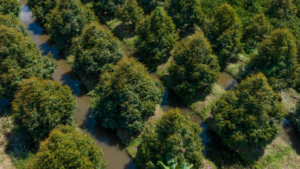
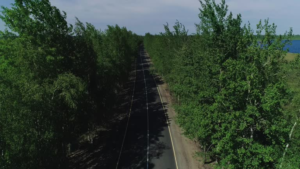
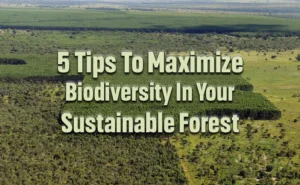



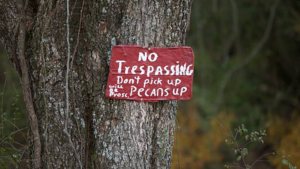
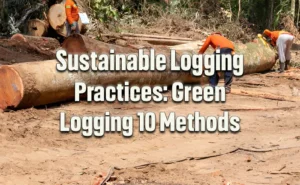
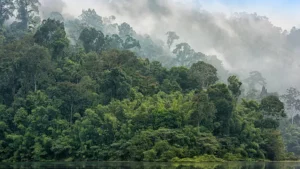

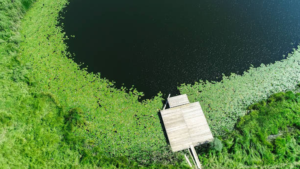
Leave your comment